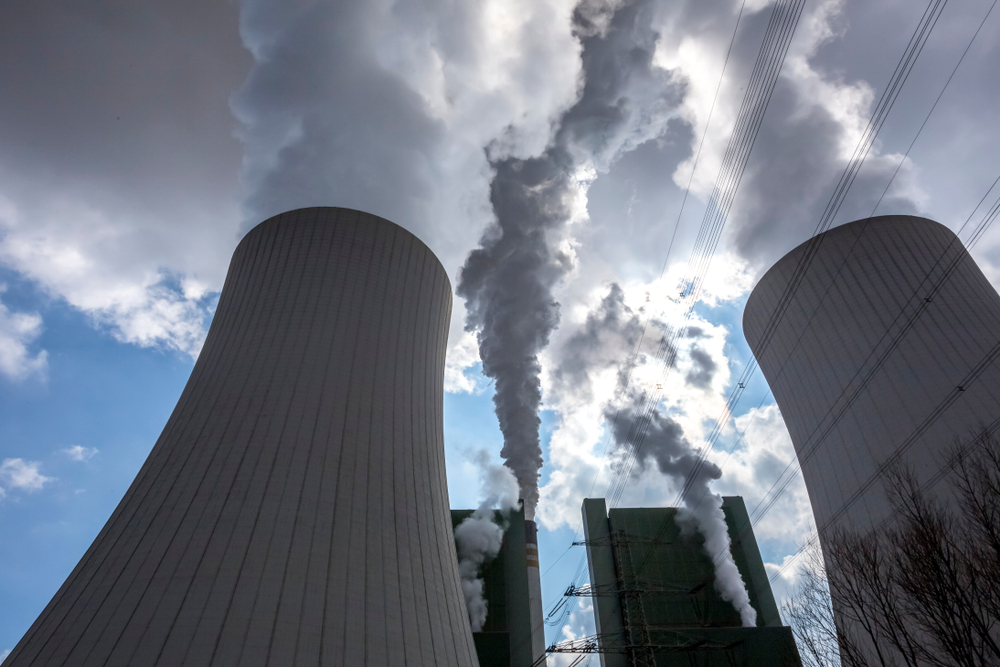The EPA recently proposed to “reaffirm the scientific, economic, and legal underpinnings of the 2012 Mercury and Air Toxics Standards (MATS) for power plants, which require significant reductions of mercury, acid gases, and other harmful pollutants,” the Agency stated in a news release dated January 31, 2022.
To do so, the Agency’s proposal is to revoke a Trump administration finding on May 22, 2020, “that it is not appropriate and necessary to regulate coal- and oil-fired electric utility steam generating units (EGUs) under Clean Air Act (CAA) section 112, and to reaffirm the Agency’s April 25, 2016 finding that it remains appropriate and necessary to regulate hazardous air pollutant (HAP) emissions from EGUs after considering cost,” states the proposed rule.
“Prior to MATS, power plants were the largest domestic source of mercury and other air toxic pollutants such as hydrogen chloride and selenium,” the proposed rule continues. “EPA finalized MATS in 2012 and required sources to meet emissions reduction standards by 2016. … Between 2010 and 2017 mercury emissions from power plants within the U.S. were reduced by 86%, non-mercury metal emissions were reduced by 81%, and acid gases emissions were reduced by 96%.”
Mercury is a heavy metal neurotoxin, which, as an emission, floats through the air and settles into lakes and streams, where it enters the food stream as it is absorbed by fish. Mercury has been shown to cause heart disease in adults and result in brain damage in infants.
“EPA is right to restore the legal underpinning of MATS and can now focus on further reducing this pollution. Despite years of reductions, mercury persists at harmful levels in fish in the Chesapeake Bay watershed,” states Ariel Solaski, litigation staff attorney for the Chesapeake Bay Foundation, in an Earthjustice press release. “It accumulates in the food chain and ultimately jeopardizes the health of people who eat contaminated seafood, especially in communities that rely on self-caught, local fish to feed their families.”
“Sound science makes it clear that we need to limit mercury and toxins in the air to protect children and vulnerable communities from dangerous pollution,” says EPA Administrator Michael S. Regan. “EPA is committed to aggressively reducing pollution from the power sector so that all people, regardless of zip code or amount of money in their pocket, can breathe clean air and live healthy and productive lives.”
Trump’s revocation of the MATS rule was based on a method of cost-benefit analysis that many economists characterized as flawed. It instructed the EPA to disregard any co-benefits of any proposed rules limiting emissions for one toxic substance, such as the co-benefit of the rule’s also cutting other toxic emissions not related to the rule.
“Trump had imposed the Benefit-Cost rule mainly in reaction to the EPA’s Mercury and Air Toxics Standards (MATS) rule that had been adopted by his predecessor President Barack Obama’s administration,” according to MSN. “In its justification for MATS, the Obama administration accounted for indirect benefits of installing mercury pollution-control equipment at coal plants that included things like reduction of deadly emissions of particulate matter.
“Trump’s EPA said the costs of compliance with that rule far outweighed the direct public health benefits of slashing mercury emissions alone.”
Many utility companies are expected to support restoration of the MATS rule, as expensive “scrubbers” to reduce these types of emissions have already been installed at power plants, reports The New York Times.
“A lawyer for the Edison Electric Institute, which represents investor-owned electric utilities, wrote in an email that the companies were already complying with the … MATS, rule,” The New York Times article notes.
“EEI’s member companies have fully implemented the MATS rule and will continue to operate those pollution control technologies,” writes Alex Bond, deputy general counsel for the institute, in The New York Times. “The repeal of the underlying legal basis for MATS introduced new uncertainty and risk for companies that still are recovering the costs for installing those control technologies, and we appreciate the U.S. Environmental Protection Agency’s efforts to review and reinstate the appropriate and necessary determination.”
The EPA’s proposed rule states the Agency continues to review the MATS Risk and Technology Review (RTR) to determine whether more stringent protections for HAPs from power plants are feasible and warranted. A 60-day comment period will open on the proposed rule when it is published in the Federal Register, during which time “the EPA is soliciting information on the performance and cost of new or improved technologies that control HAP emissions, improved methods of operation, and risk-related information to further inform the Agency’s review of the MATS RTR as directed by Executive Order 13990.”

